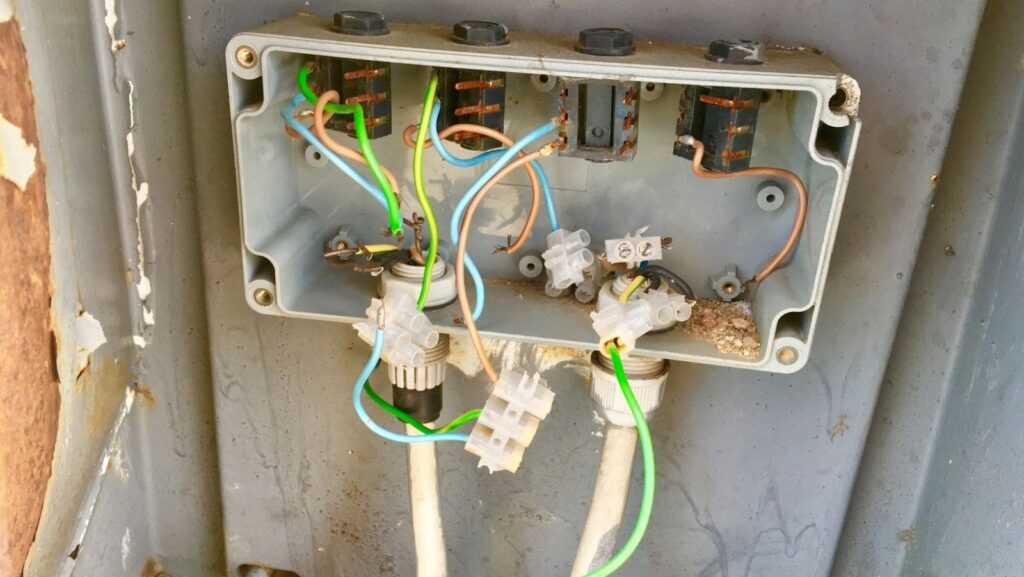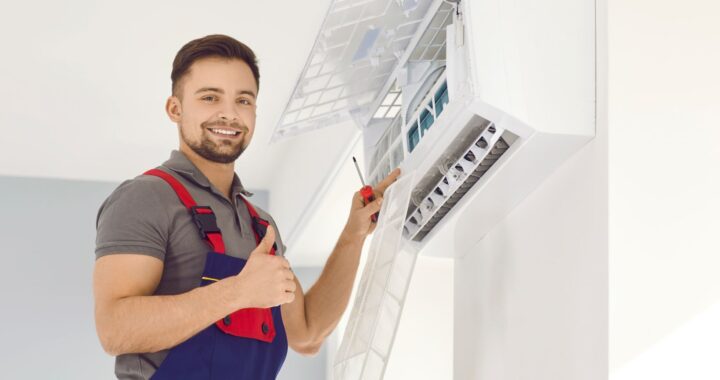Installing Electrical Boxes in walls

Before you begin, make sure that the power is shut off to the area where you’ll be working. Then, use a stud finder to locate the studs in the wall. Once you’ve found the studs, mark their locations with a pencil so that you know where to drill your holes.
Next, drill pilot holes at the marked stud locations. Be sure to use a drill bit that is slightly smaller than the screws that you’ll be using to attach the electrical box to the wall. After drilling the pilot holes, insert the electrical box into the hole and secure it to the wall with screws. Finally, re-connect the power to the area and test your work.
How to install electrical box
1. First, turn off the power to the area where you’ll be working.
2. Use a stud finder to locate the studs in the wall and mark their locations with a pencil.
3. Next, drill pilot holes at the marked stud locations using a drill bit that is slightly smaller than the screws you’ll be using to attach the electrical box.
4. Insert the electrical box into the hole and secure it to the wall with screws.
5. Finally, re-connect the power to the area and test your work.
Decide where you want your electrical box to go
Use a stud finder to locate the studs in the wall and mark their locations. Drill pilot holes at the marked stud locations using a drill bit that is slightly smaller than the screws you’ll be using to attach the electrical box. Insert the electrical box into the hole and secure it to the wall with screws. Finally, re-connect the power to the area and test your work. It’s important to install electrical boxes in walls correctly in order to ensure the safety of your home and family. Follow the steps above carefully and always make sure to shut off the power before beginning any work. With a little bit of care and attention, you can install electrical boxes like a pro. The most important thing to remember when installing electrical boxes in walls is to always shut off the power before beginning any work.
Drill a hole in the wall where the box will go
From the outside of the house, drill a hole in the wall where the electrical box will go. The hole should be big enough for the box to fit through snugly.
Attach the electrical box to the wall,Once you have drilled the hole, insert the electrical box into it from the outside of the house. Make sure that the box is level and flush with the wall, then secure it in place with screws. Now that the electrical box is securely attached to the wall, you can run the wires to it. To do this, first strip about half an inch of insulation off of the end of each wire.
Cut a piece of conduit to fit the hole and attach it to the electrical box
Now, you will need to run a piece of conduit from the electrical box to the inside of the house. To do this, first cut a piece of conduit to fit the hole in the wall. Next, attach one end of the conduit to the electrical box. Once the conduit is attached, run it through the hole in the wall and into the house.
Now that the conduit is in place, you can route the wires through it and into the electrical box. To do this, simply strip about half an inch of insulation off of the end of each wire and then insert them into the conduit.
Feed the wires through the conduit and attach them to the box
Now that the conduit is in place, you can route the wires through it and into the electrical box. To do this, simply strip about half an inch of insulation off of the end of each wire and then insert them into the conduit. Attach the cover plate and turn on the power. Once all of the wires are in place, you can attach the cover plate to the electrical box and turn on the power. Test your work by flipping the switch on and off to make sure that everything is working correctly. If you are not comfortable working with electricity, it is always best to hire a professional electrician to do the work for you.

 How to Plan and Budget for Major Home Renovation
How to Plan and Budget for Major Home Renovation  Repairs to Make Before Selling Your Home
Repairs to Make Before Selling Your Home  5 Reasons to Upgrade Your HVAC System Before Winter
5 Reasons to Upgrade Your HVAC System Before Winter